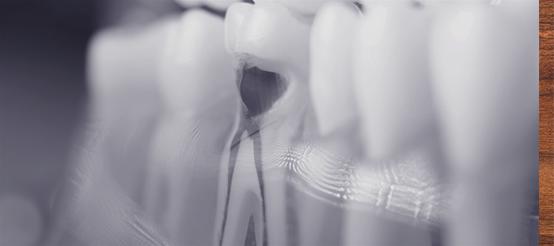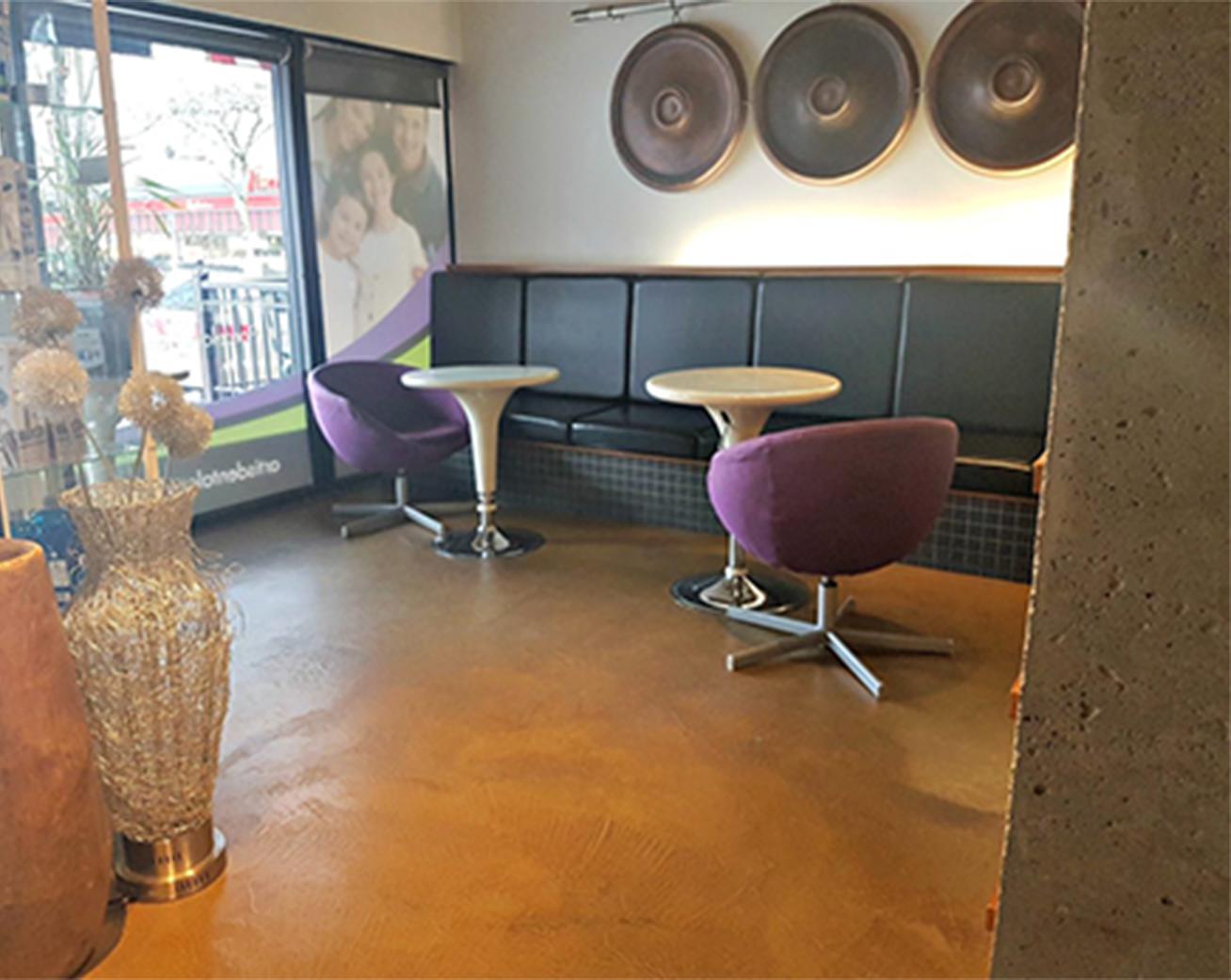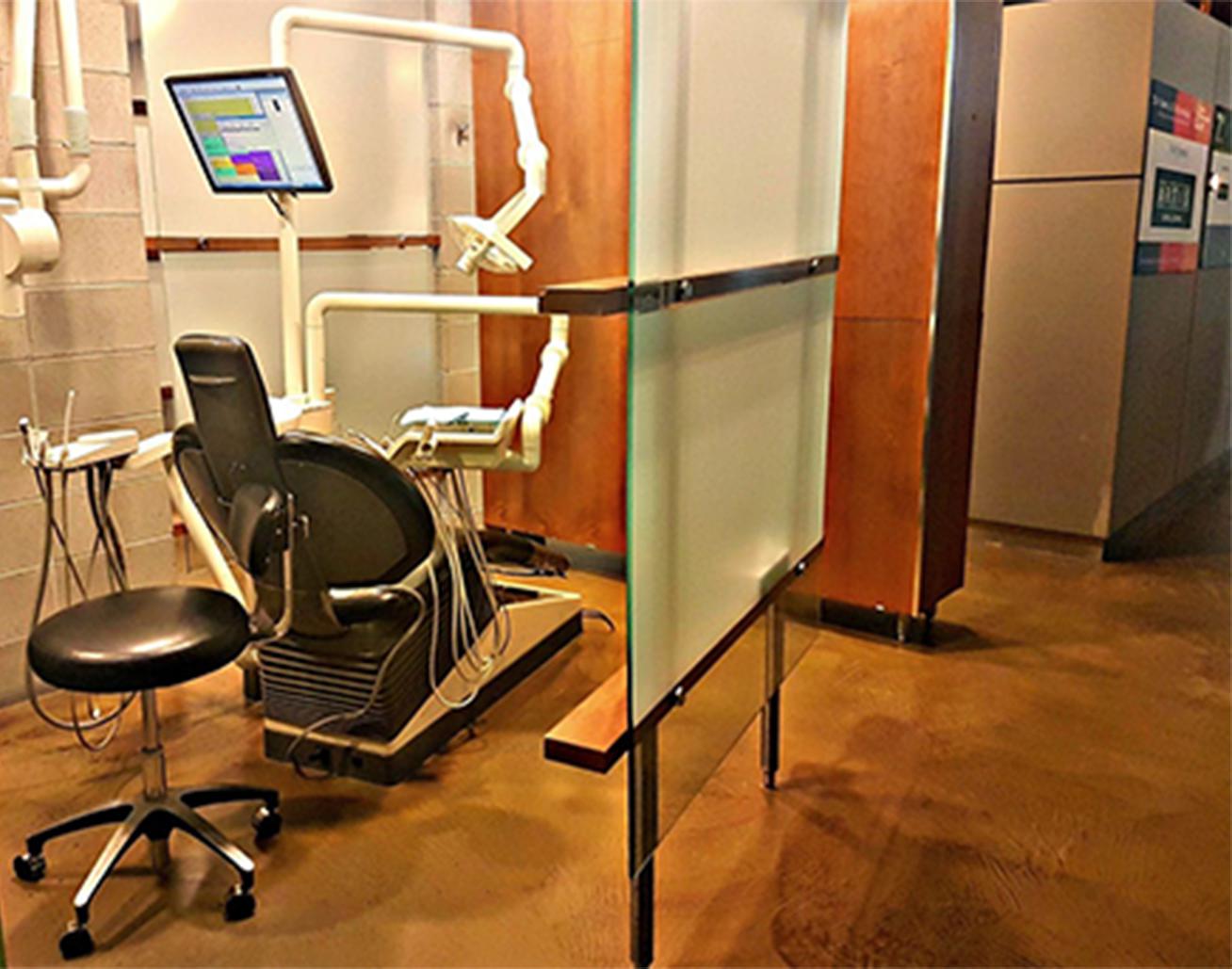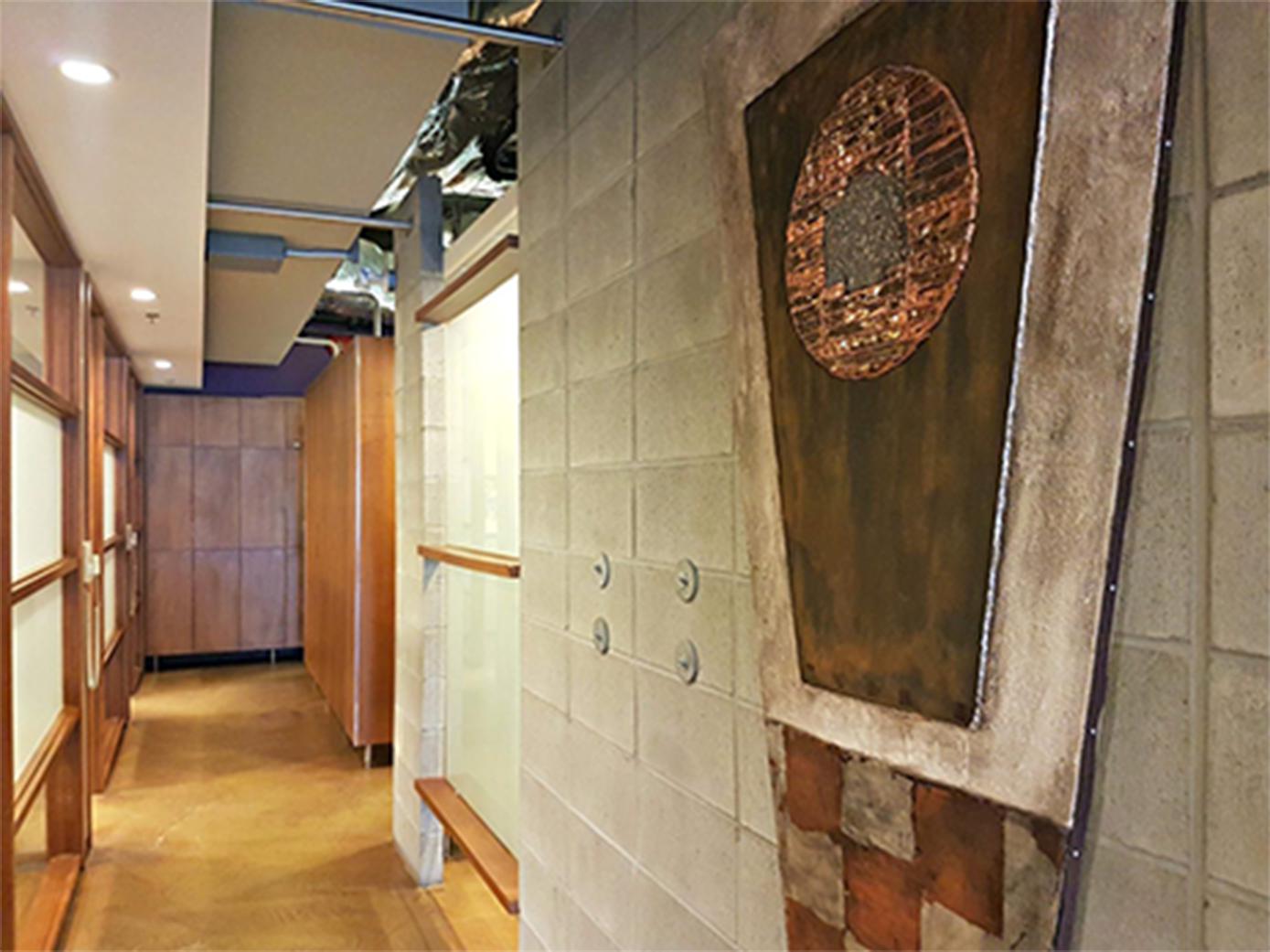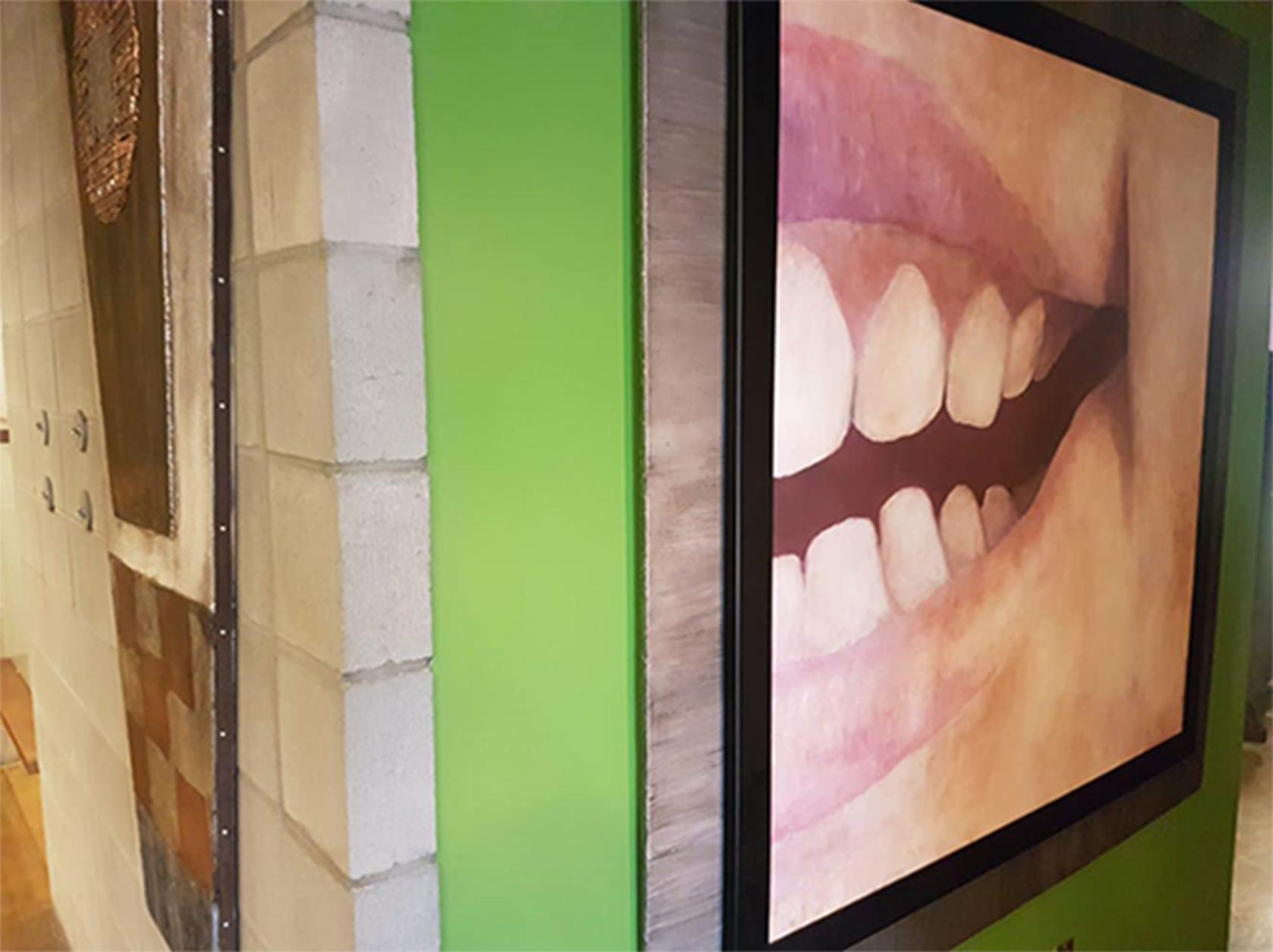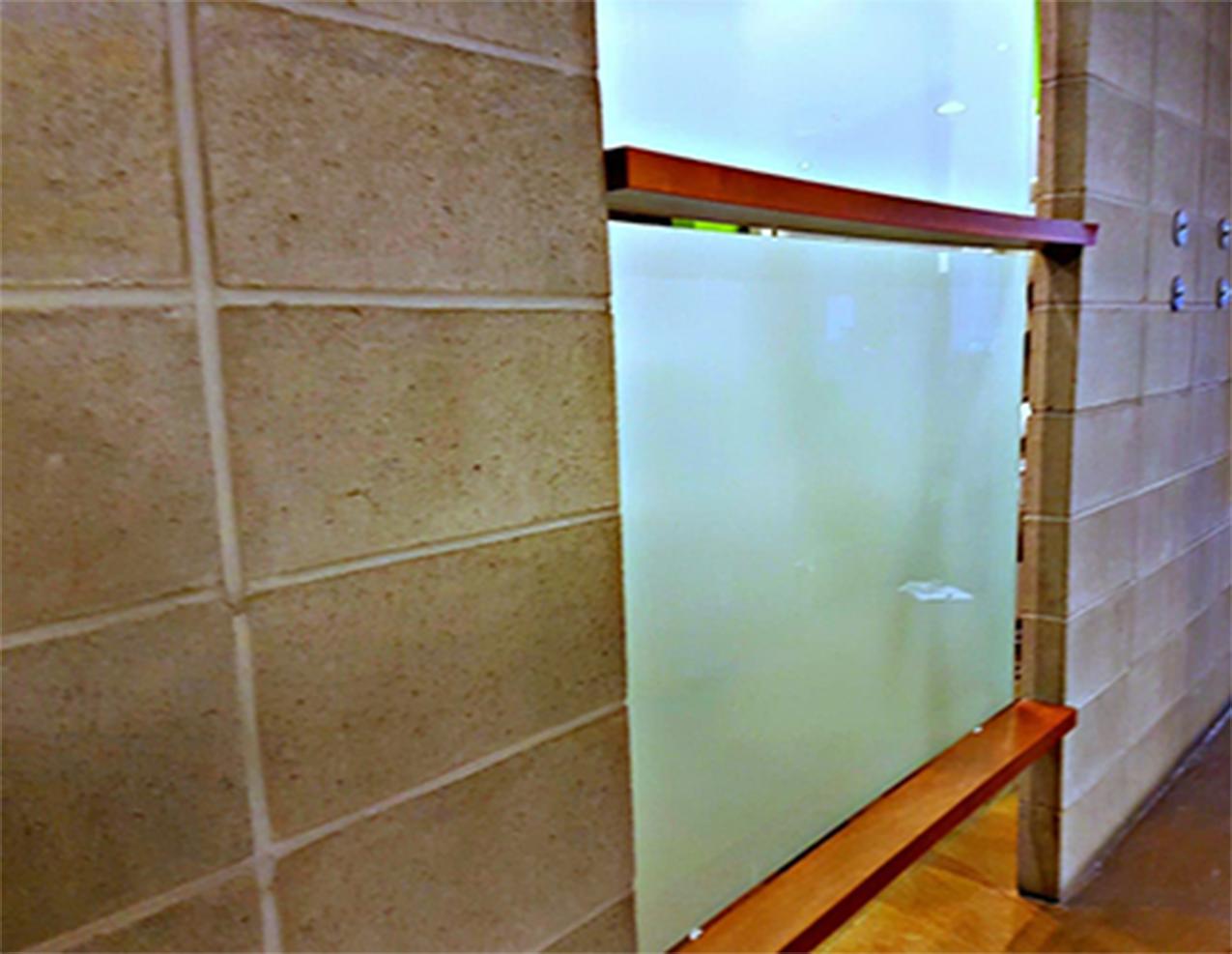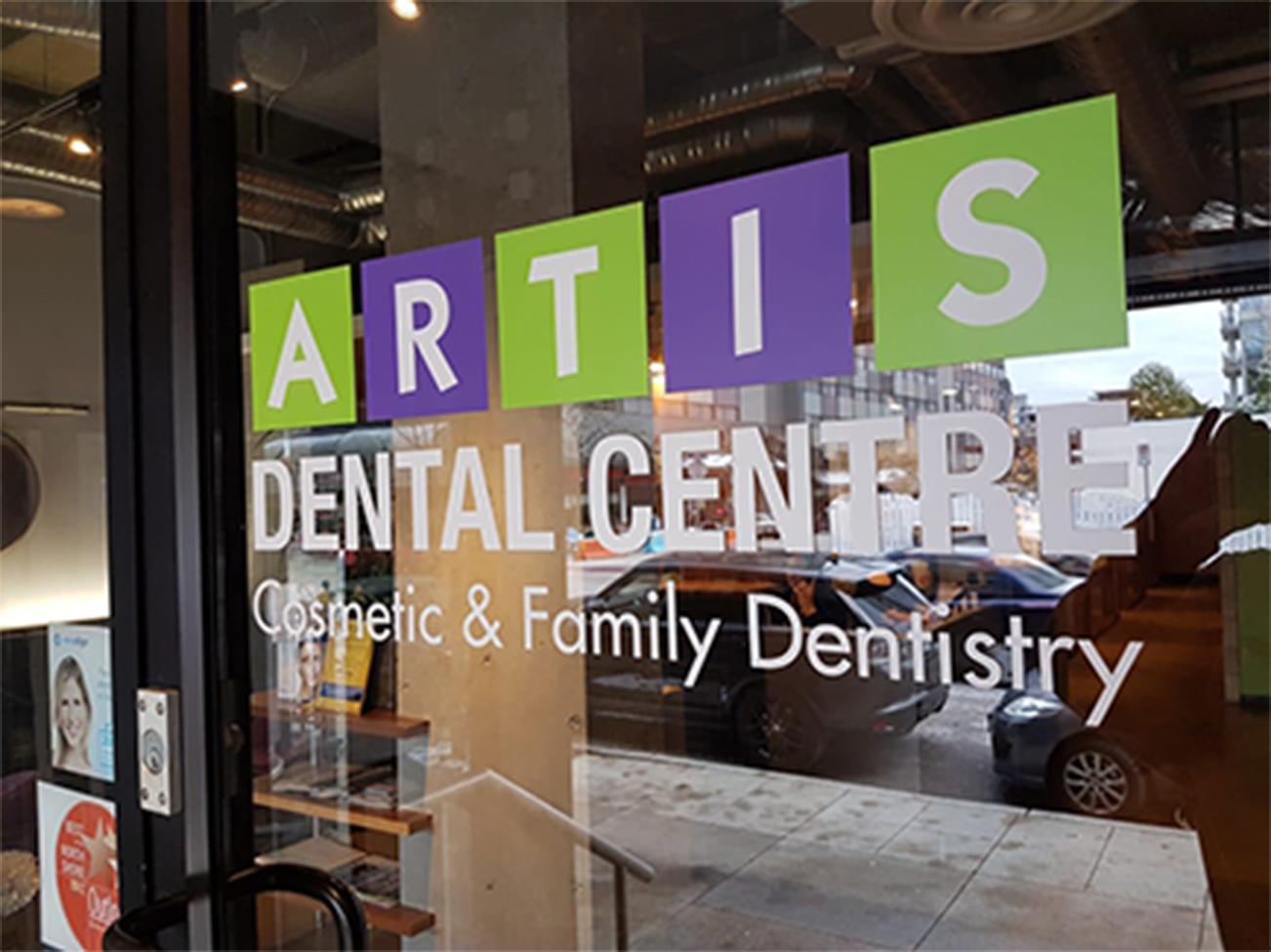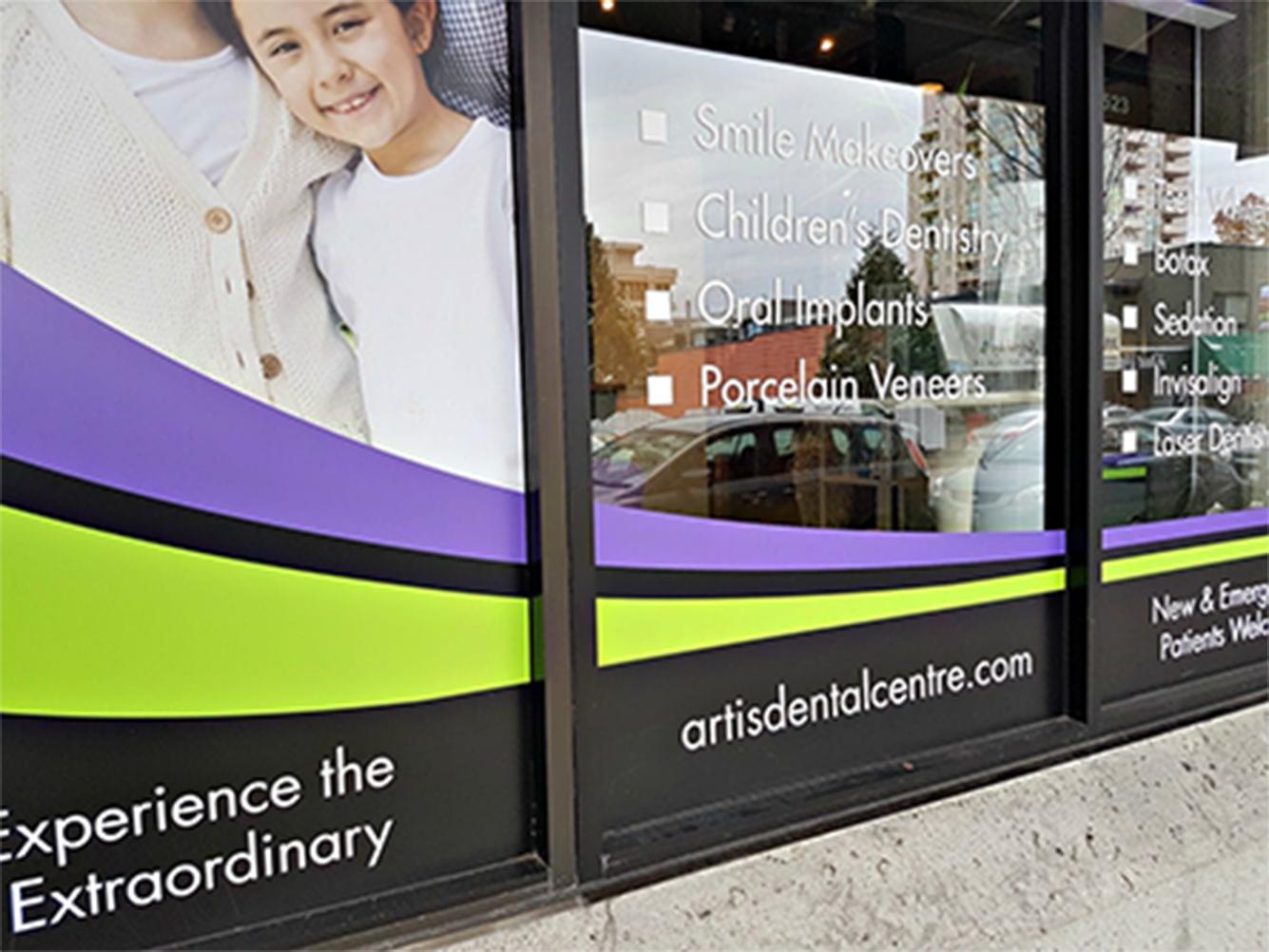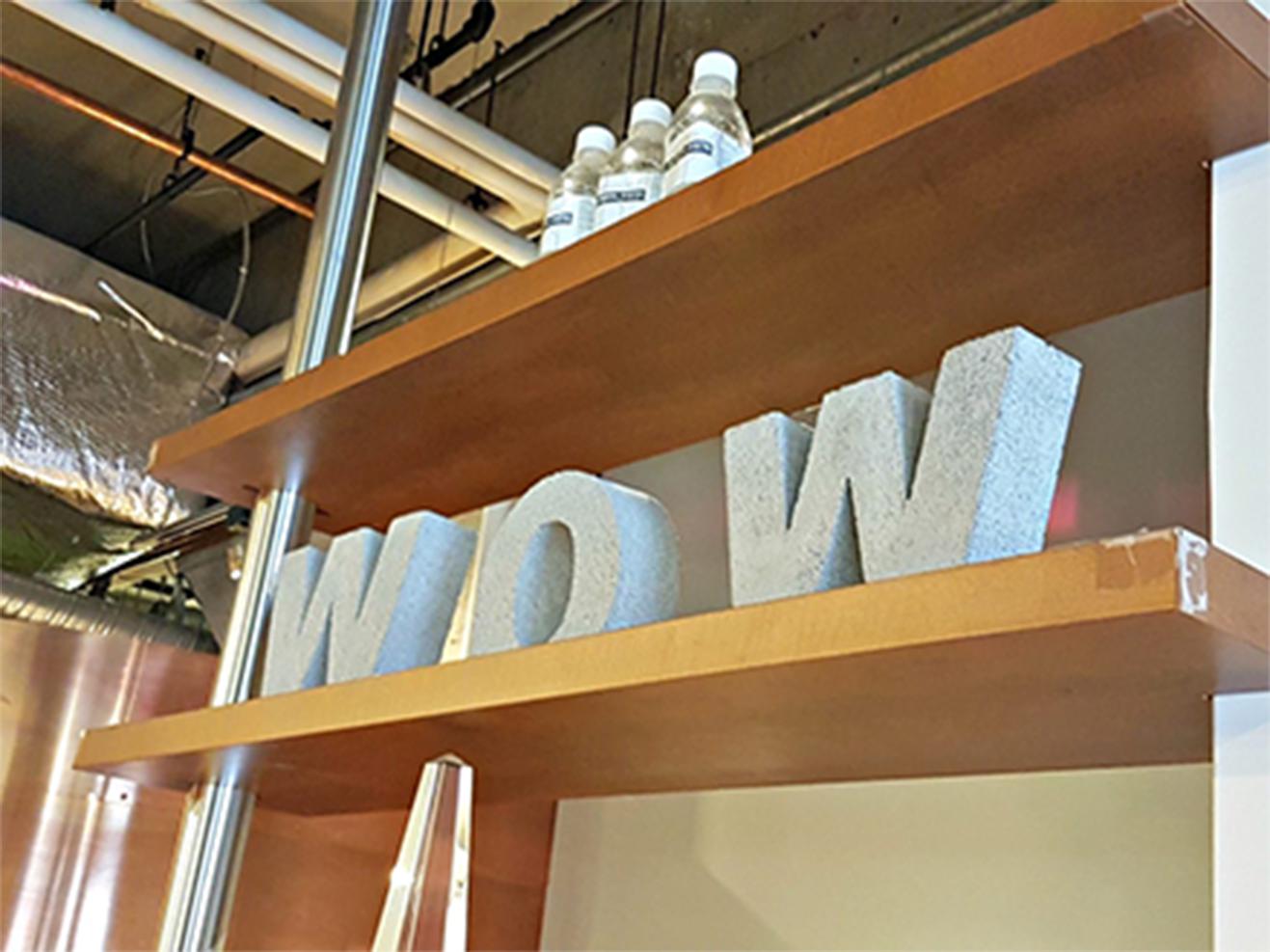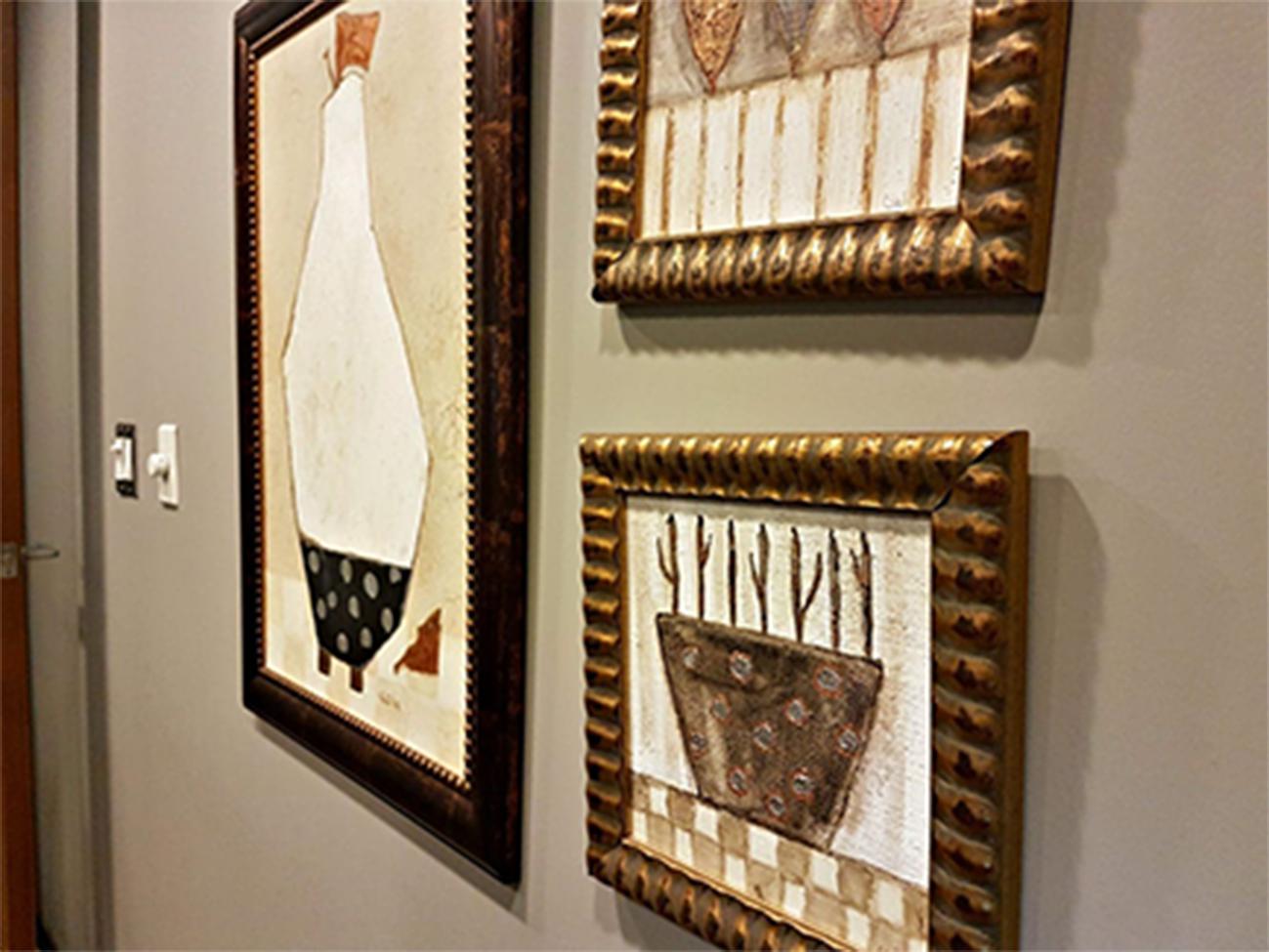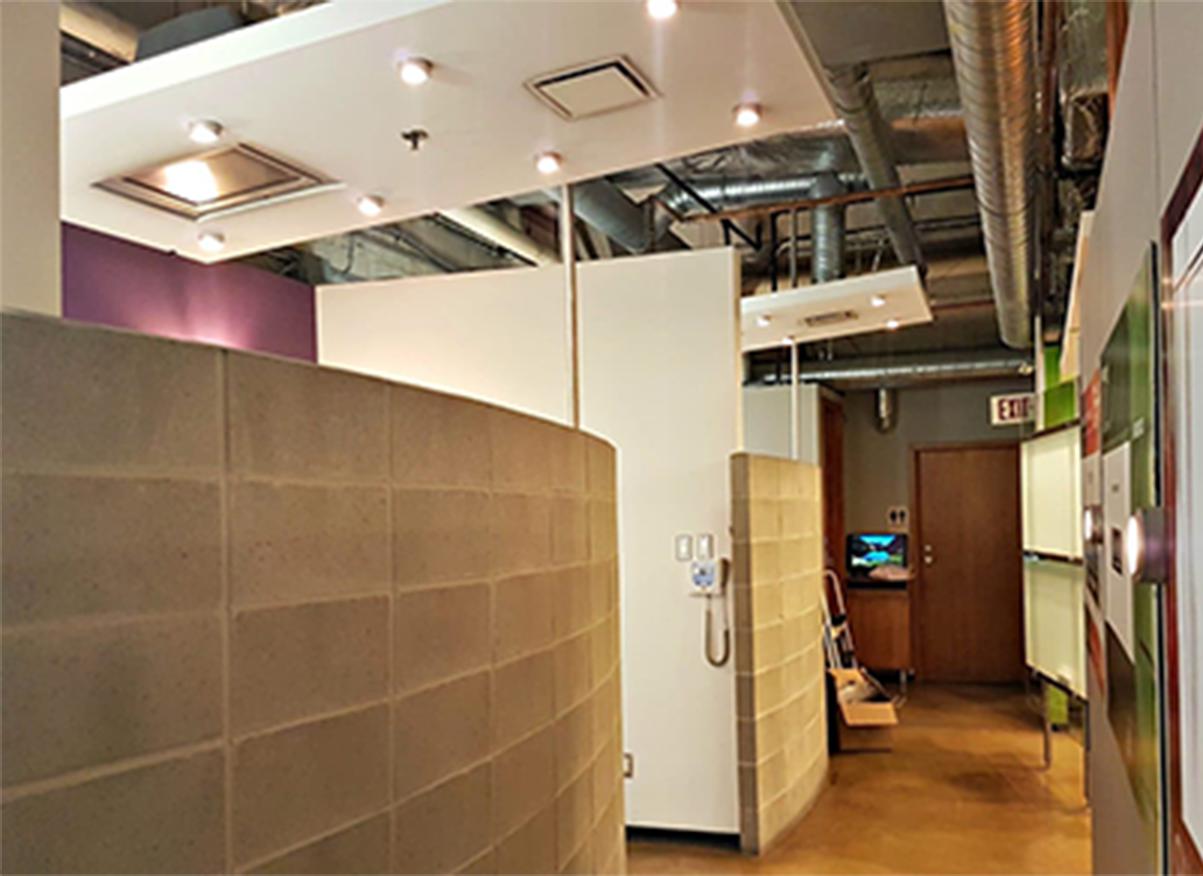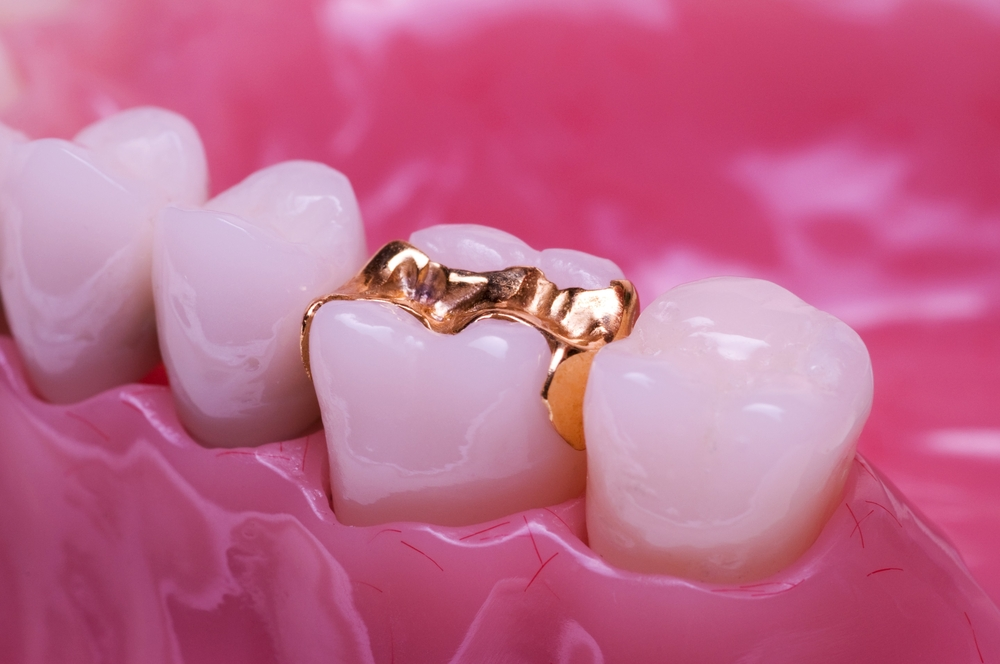
Fillings, inlays, onlays, and crowns are four dental restorations for filling, covering, and protecting a tooth undermined by tooth decay. Which of these four options is appropriate for a particular restoration depends primarily on the size of the cavity being addressed. Here is the spectrum on which dental inlays in New Westminster fall, along with those other alternatives.
Fillings are the most common solution for filling cavities created by tooth decay and left behind after your dentist in New Westminster has removed decayed material from the tooth. The most common material for filling cavities is an amalgam of metals, though fillings can also be provided with tooth-coloured composite materials.
Dental inlays in New Westminster are used to fill cavities that are too large to be filled with a basic filling and where the cavity is located in the area within the cusps of your teeth. An inlay is made in a dental laboratory based on impressions made of your teeth and is then cemented onto your tooth as a single solid piece. Inlays are commonly made from porcelain and composite resin materials.
Onlays are similar to inlays in that they are for cavities too large to be filled by a traditional filling and that are not located just in the area within the cusps of your teeth. An onlay is used when it needs to be placed over one or more cusps of a tooth to fill the cavity. Like dental inlays near you, an onlay is made at an external laboratory as a single piece before being bonded to your tooth by a dentist in New Westminster.
If situations where a tooth has a significant amount of structure and strength to tooth decay or due to the removal of matter by the dentist treating tooth decay, each of fillings, inlays, and onlays may be inappropriate. Assuming that the remaining tooth material is healthy enough that an extraction is not required, a dental crown will be used instead of fillings, inlays, or onlays. Unlike those three options which target only the cavities themselves, a crown covers the entire tooth — all the way around the tooth and from the biting surface of the tooth all the way to the line of your gums.
Onlays are recommended in three primary situations:
- When your tooth is broken, fractured, or decayed, but that damage does not affect the cusps of your teeth
- The damage to your tooth is too extensive to be filled with a single filling
- The damage to the tooth is not so serious that removal of enamel from the tooth to fit a crown over the tooth was required or warranted.
Receiving a dental inlay is a minimally invasive, painless, and simple procedure. A dentist near you will numb the tooth being treated to minimize any discomfort before using a drill to remove any tooth decay from the tooth. The dentist will take impressions of the cleaned tooth and then send those impressions to a dental laboratory. The technicians at the dental laboratory will craft a one-piece inlay from composite resin or ceramic materials tinted to match the colour of your remaining tooth tissue precisely.
If you’ve been diagnosed with a cavity or cavities, your dentist will describe the size and location of the cavity or cavities. The dentist will recommend the best alternative to filling that cavity to protect your tooth from future infection and further damage. The best solution for filling that tooth may not be a filling at all.






